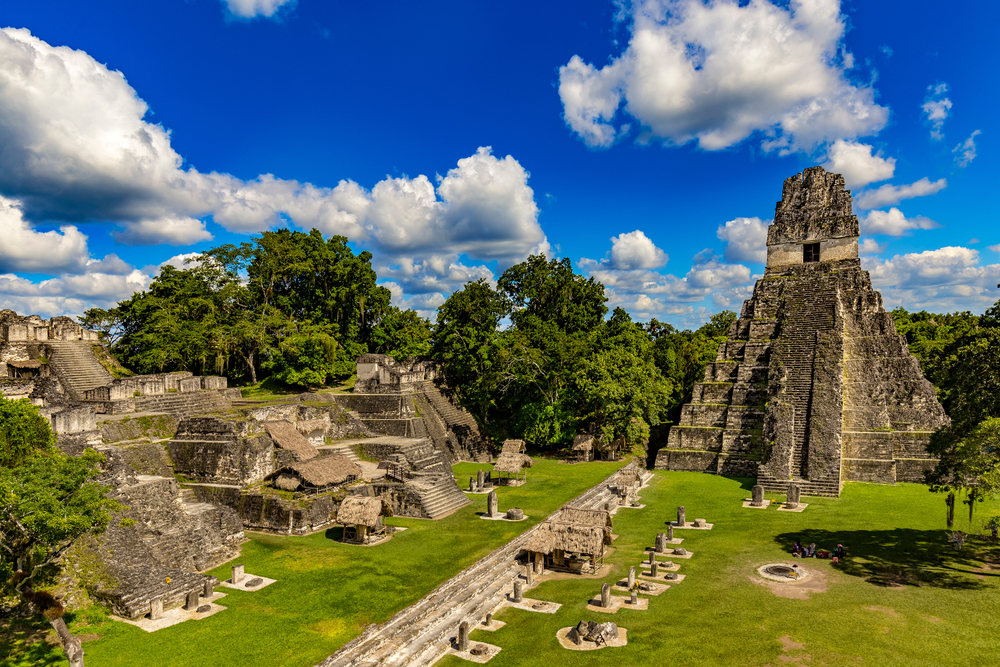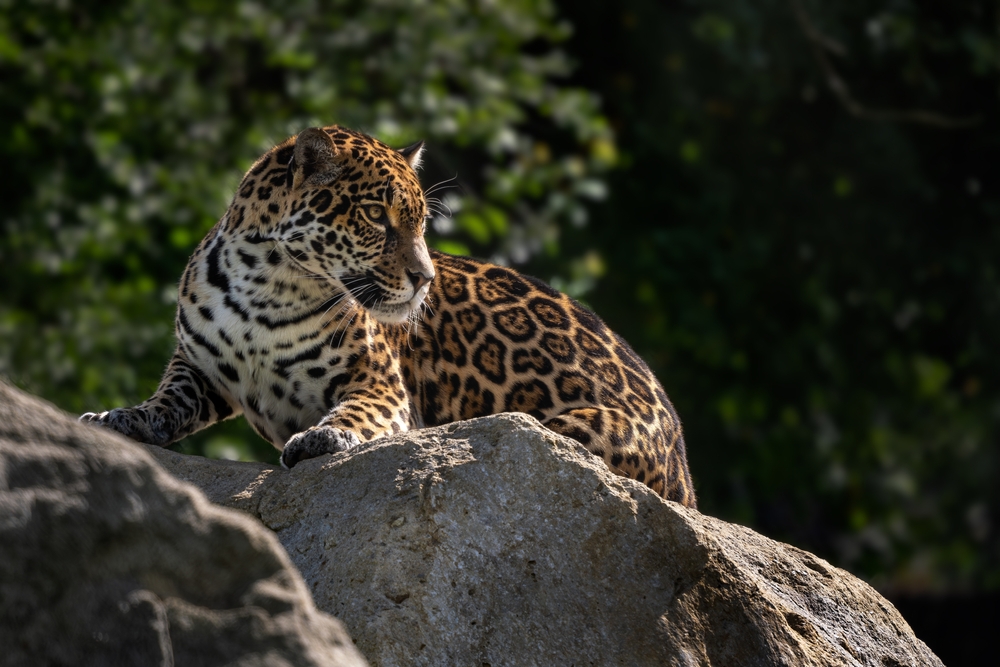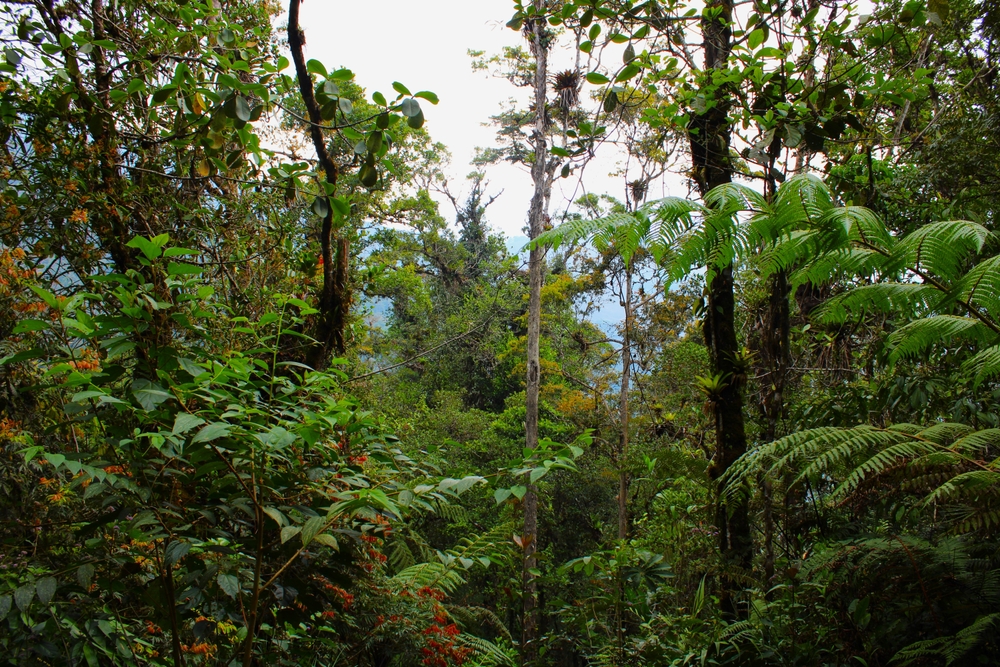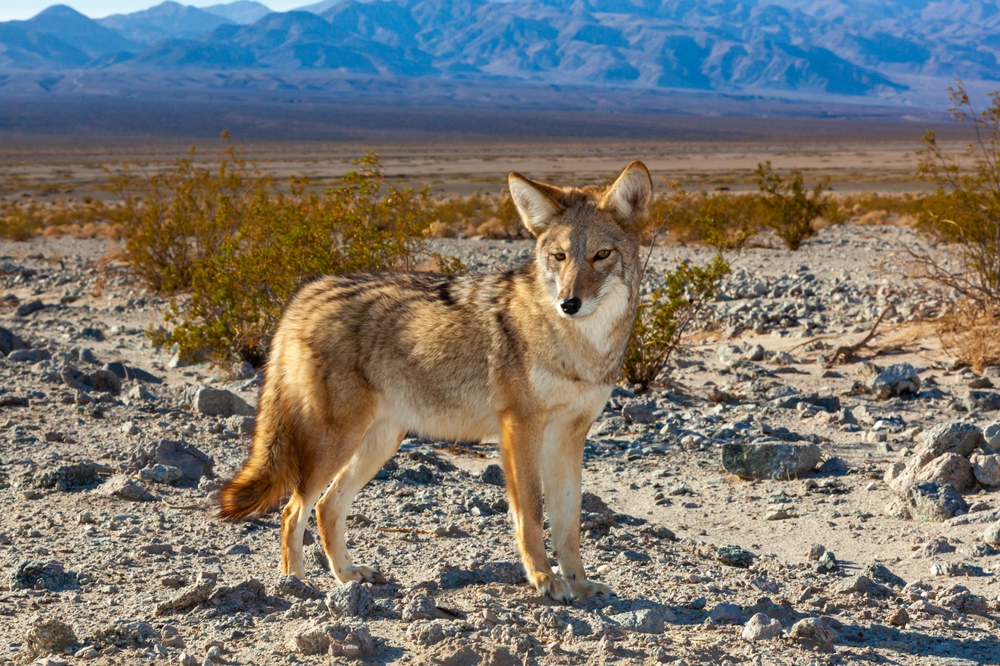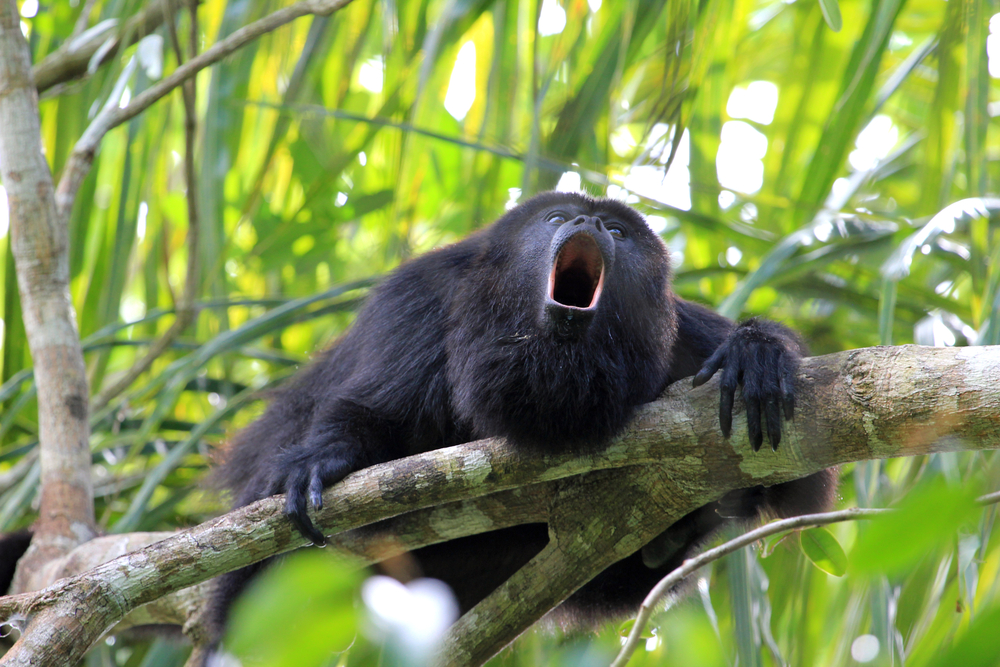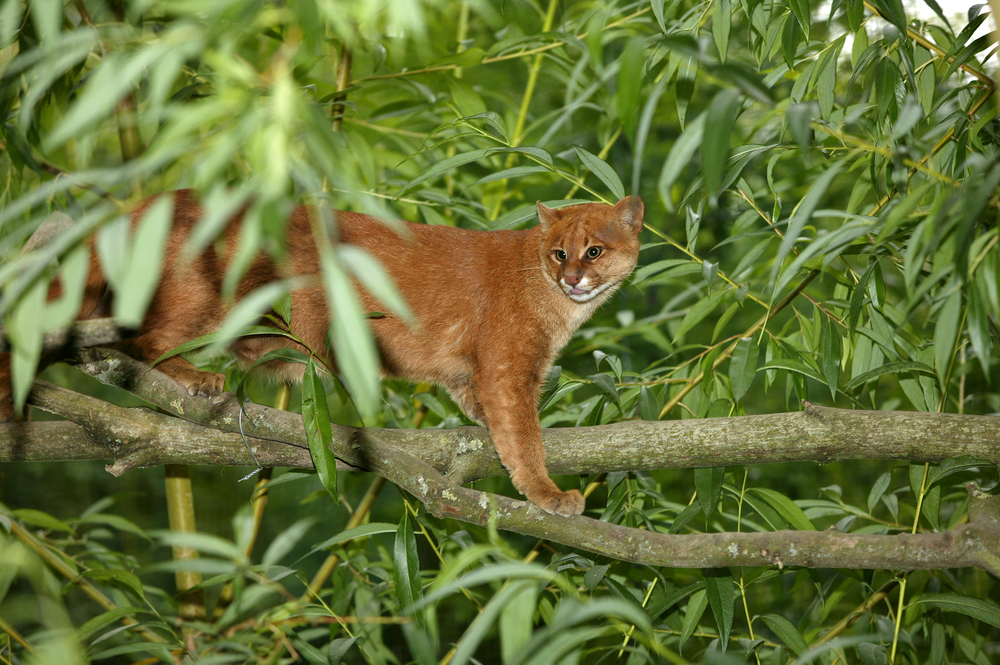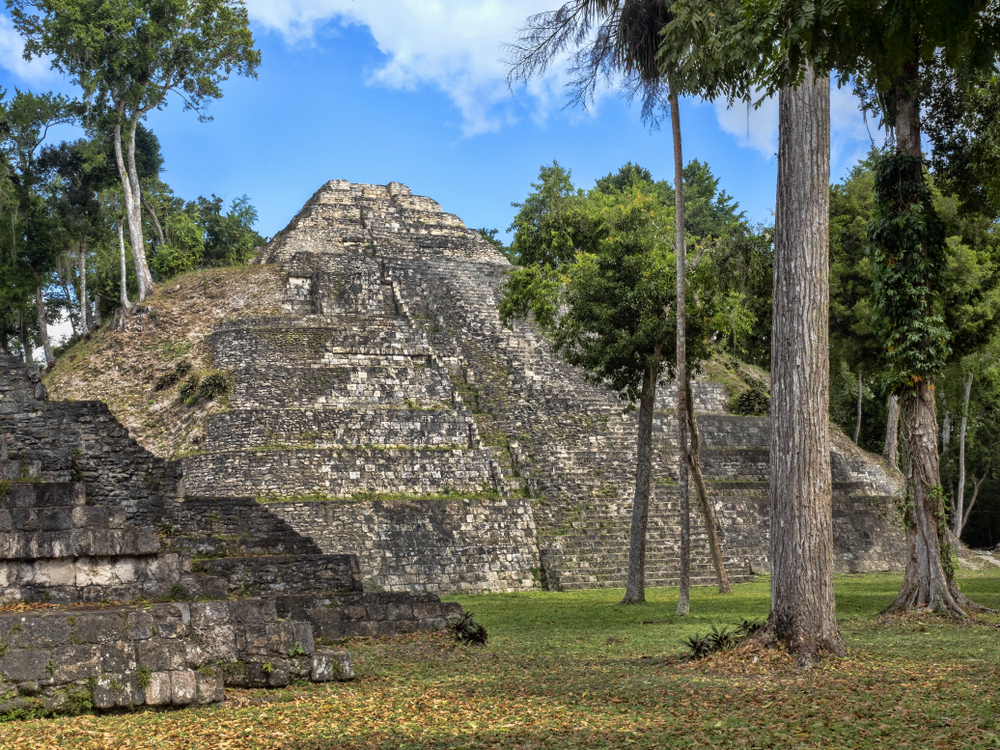Tikal Overview
Tikal National Park, known locally as “Parque Nacional Tikal,” is a UNESCO World Heritage Site located in the northern region of Guatemala’s Petén Department.
Established on May 26, 1955, the park spans approximately 222 square miles (575 square kilometers) of lush tropical rainforest, encompassing the ancient Mayan city of Tikal and its surrounding ecosystems. The park is situated about 64 kilometers (40 miles) north of Flores and Santa Elena, and roughly 303 kilometers (188 miles) north of Guatemala City.
The terrain of Tikal National Park is characterized by a series of limestone ridges interspersed with swampy lowlands. These elevated areas provided a strategic foundation for the ancient city, with major architectural structures built upon higher ground and connected by raised causeways traversing the wetlands.
The park’s dense rainforest canopy, reaching heights of up to 50 meters, is dominated by towering trees such as the sacred Ceiba (Ceiba pentandra), tropical cedar (Cedrela odorata), and Honduras mahogany (Swietenia macrophylla). This verdant landscape is interspersed with clearings that reveal the majestic ruins of Tikal, including prominent structures like Temple I (the Temple of the Great Jaguar), Temple II (the Temple of the Mask), and the Great Plaza, which served as the city’s ceremonial center.
The park’s rich biodiversity offers visitors the opportunity to encounter a wide array of wildlife. Mammals such as jaguars (Panthera onca), pumas (Puma concolor), ocelots (Leopardus pardalis), and Baird’s tapirs (Tapirus bairdii) inhabit the dense forest, though they are elusive and rarely seen.
More commonly observed are species like the white-nosed coati (Nasua narica), agoutis (Dasyprocta punctata), and two species of monkeys: the howler monkey (Alouatta pigra) and the spider monkey (Ateles geoffroyi).
Bird enthusiasts can delight in spotting over 300 species, including the vibrant keel-billed toucan (Ramphastos sulfuratus), the endangered harpy eagle (Harpia harpyja), and the ocellated turkey (Meleagris ocellata), known for its iridescent plumage.
Tikal’s archaeological significance is unparalleled, with over 3,000 documented structures spread across approximately 16 square kilometers. The central area features monumental pyramids, temples, palaces, and plazas that reflect the city’s historical importance as a major political, economic, and military center during the Classic Period of the Maya civilization (circa 200 to 900 AD).
Visitors can explore the impressive Temple I, rising 47 meters high, which was constructed as a funerary monument for the ruler Jasaw Chan K’awiil I. Adjacent to it stands Temple II, offering panoramic views of the Great Plaza and surrounding structures. The North Acropolis and Central Acropolis further showcase the architectural prowess and ceremonial significance of the ancient Maya.
Exploring Tikal National Park can be undertaken through various means. Guided tours are available, providing in-depth historical and ecological insights, while self-guided treks allow visitors to experience the park at their own pace. The park is open daily from 6:00 AM to 5:00 PM, with adult tickets for foreigners priced at 150 Guatemalan Quetzales (approximately $20 USD).
For those interested in experiencing the park’s ambiance at dawn, sunrise tours are offered, with tickets available for 250 GTQ. It’s advisable to purchase tickets in advance, especially for early morning tours. The park’s well-maintained trails lead visitors through the dense jungle, past ancient structures, and to vantage points offering breathtaking views over the forest canopy. Wildlife sightings are common along these paths, particularly during the early morning and late afternoon hours when animals are most active.
Conservation efforts within Tikal National Park have been both challenging and rewarding. As part of the larger Maya Biosphere Reserve, the park plays a crucial role in preserving the region’s cultural heritage and biodiversity. However, threats such as illegal logging, poaching, and agricultural encroachment have posed significant challenges.
In response, collaborative initiatives between the Guatemalan government, international organizations, and local communities have been implemented to strengthen protection measures, promote sustainable tourism, and enhance environmental education.
These efforts have led to improved patrolling, community engagement in conservation activities, and increased awareness of the park’s global significance. The designation of Tikal as a UNESCO World Heritage Site in 1979 has further bolstered conservation endeavors, highlighting the park’s dual importance as a cultural and natural treasure.
In summary, Tikal National Park offers a unique blend of archaeological wonders and natural beauty. Its expansive landscapes, rich biodiversity, and well-preserved ruins provide visitors with an immersive experience into the world of the ancient Maya, all while underscoring the importance of ongoing conservation efforts to protect this invaluable heritage for future generations.








































































